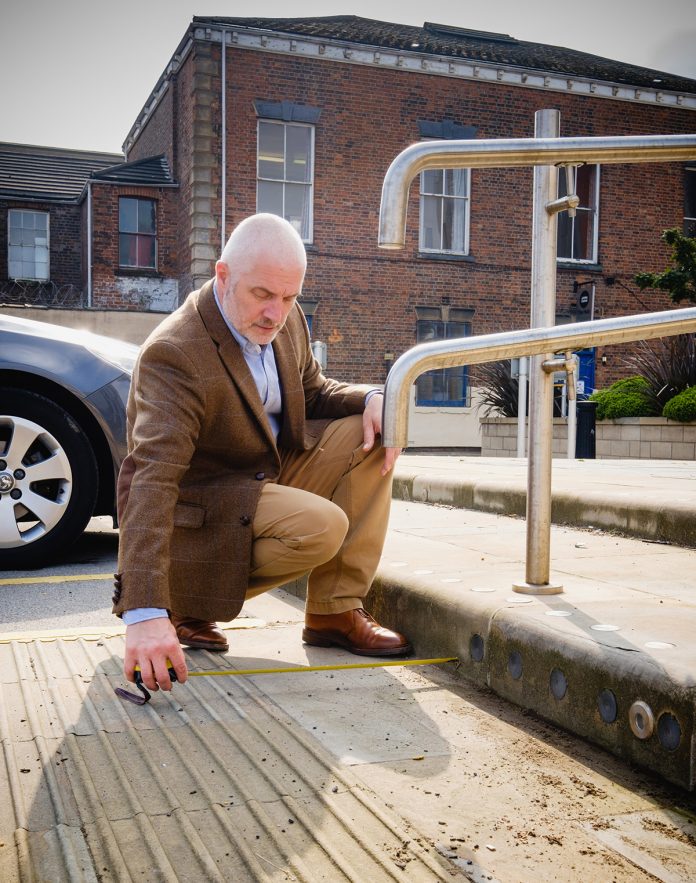Considering accessibility at the design stage can avoid costly delays during construction – and potential loss of business later on
We see examples every day to tell us that where there are steps, it may be helpful to have a ramp and where there are toilets then nearby there should be one that is accessible. But what does all that really mean?
The same thought processes that recognise those needs should also flag up that it’s not enough to have just any old ramp. And a loo doesn’t become accessible just because you widen the door and stick a picture of a wheelchair on it.
By failing when designing to accommodate access for disabled people, you may face the costs of fixing errors, loss of business and compensation, and it underlines the importance of getting the design right at the outset.
A construction project or major renovation can involve an army of experts, each a specialist in their respective disciplines but not necessarily able to anticipate the accessibility impact of their contributions on the wider project.
For every £1 spent remedying a problem at the concept and preparation phase you can expect to spend £10 if the problem is not resolved by the time you get to scoping a project, and £100 at the planning and pre-construction stage.
Add another zero if the problem is still there at the point of application and construction, and be prepared for that initial £1 to climb to £10,000 if you have to make alterations once the property is occupied and in use.
A client of ours contacted us because an architect elsewhere on the site had designed a ramp that didn’t work. They’d had to arrange for the ramp to be removed, redesigned and rebuilt. This was all at the architect’s expense, but the site owner was keen to avoid a repeat of the inconvenience.
It was clear that, without our input, the same failings would have happened. We found issues with contrasting landings and nosings to help visually impaired people, handrails which didn’t extend beyond the top and bottom of the accompanying steps, and no consideration given to the clear effective width of the door.
By having an access consultant on the team, you can ensure you get things right first time, avoiding the delays and cost that result from having to revise the work of one specialist and then make sure it fits with the plans of all the others.
The savings in time and money are such that typically the investment will pay for itself, and that’s before you consider the possible costs of a discrimination claim and the loss of business when a disabled person and the other members of their party decide to shop, eat or stay elsewhere.
For further information on how About Access can help you and your properties please contact us.
Please note: this is a commercial profile
Ian Streets
Managing Director
About Access
Tel: 01482 651101




![[Video] Fireco: 80 new fire doors required for residential flats in London](https://www.pbctoday.co.uk/news/wp-content/uploads/2025/04/2024-06-01-Lords-view-one_1200x750_004-218x150.webp)









